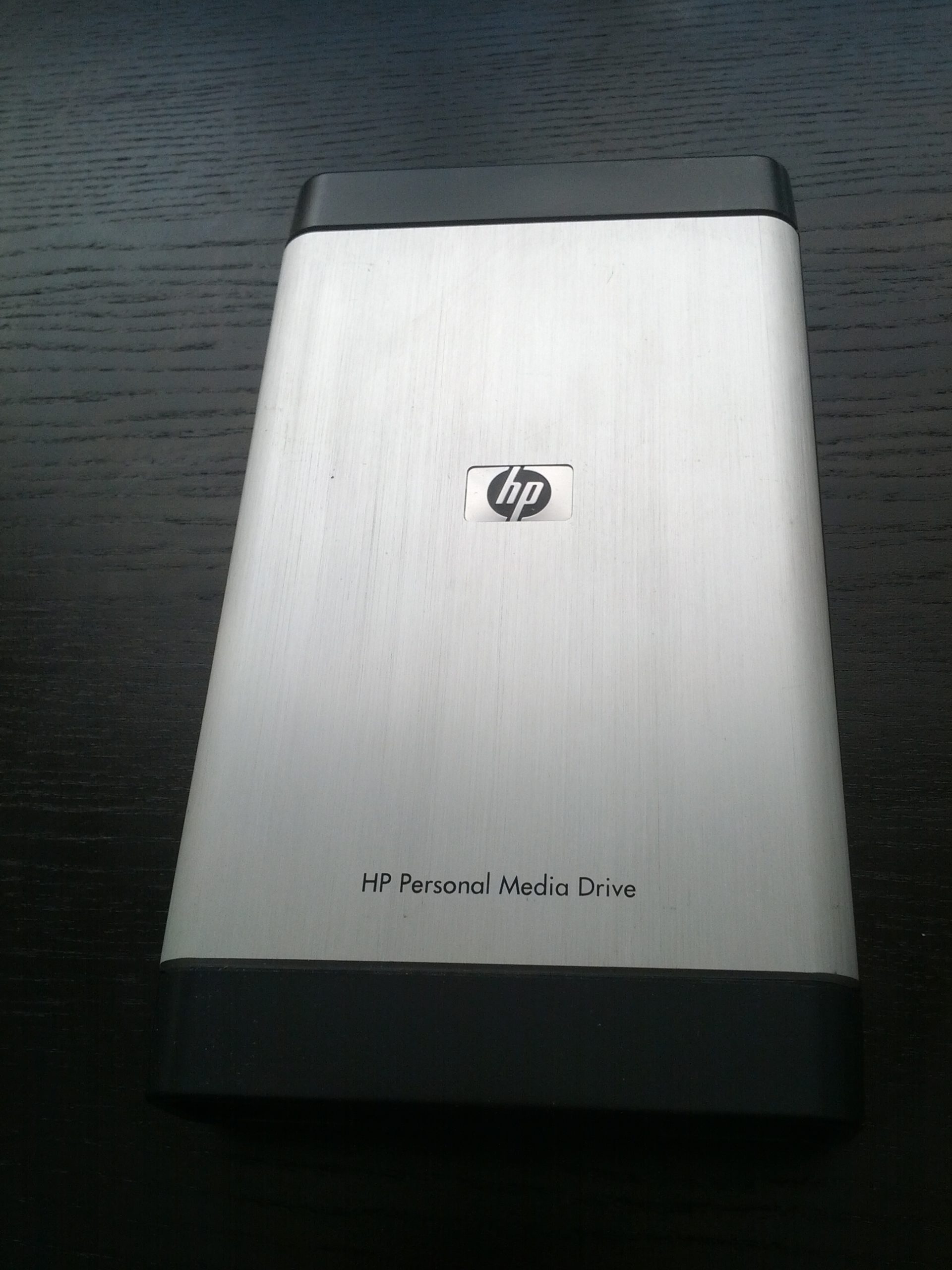This tutorial is intended for any individual computer user who is looking for ways to safely back-up their files. It will touch on strategies you might be able to implement for your business. While cloud storage will be also be discussed in this article, it deserves its own tutorial and we will follow-up with one in the near future.
Perform an Assessment
What do you currently do for back-up? If you have already implemented a plan and if it works for you, then the following may simply offer a tip or two. If you’re an ad hoc kind of back-up person, or if you don’t have a plan at all, you should begin by completing at least an informal assessment. Here are three straightforward steps you can take to begin the process:
Step 1:
Determine which electronic files/records you would like or need to back-up, and the current location(s) of such files. Do you store both personal and work-related files? Are you the ‘go to’ person in your household in terms of computer ‘geekness’? If so, will you be in charge of implementing a strategy for everyone in the house?
Step 2:
Figure out if you currently have any backup media. You probably should not back files up from locations on your hard drive to other locations on that same hard drive. Options for other media include, but aren’t restricted to:
USBs.
These can and do ‘go down’, and they do malfunction. Most likely a better plan than backing files up on a USB is to back files up from a USB.
CD’s, DVD’s, or Blu-ray Discs.
Depending on the amount of data you have, this may be the perfect, most affordable choice for you. For example, one Blue-ray Disc can store up to 50 GB of data (if it’s dual layer). That’s enough for one high definition movie, or thousands of documents.
Removable storage devices.
Approximately five years ago, I purchased a removable hard drive (image shown at left). It has a 500 GB capacity (which is generous). In the case of my HP desktop computer, it simply plugs into an empty slot in the front of the computer. For every other computer, it plugs into any available USB slot. It’s fast, and once plugged in, it’s easily recognizable.
Online storage.
Until such free services as Microsoft’s OneDrive, Dropbox, iCloud, Google Drive and others became popular, you still had a few options. For instance, I still use Hightail (which used to be called YouSendIt) for secure online storage. Today, however, Microsoft, Apple, Google, Dropbox and a few other companies offer huge amounts of online storage at absolutely no cost. If it’s photo storage you want, look no further than sites like Flickr or Instagram. The former has upped its game and now offers use 1 TB (terabyte) of storage for free. This is a very large amount of free storage.
Third-Party Storage (Online).
You may already have free online storage, but not know it. Here’s a good example: Norton 360™ – yes, the name famous for anti-virus and anti-spyware coverage – gives you 2 GB of free backup space (backups can be set to automatic) with each subscription. And most subscriptions cover up to three distinct devices. If you have little in the way of backup needs, this may be your best bet; after all, we all need virus, spyware, and malware protection!
Step 3:
Decide when and how you will back-up your data. This is something you may be able to schedule automatically, or perform manually. If you save your files directly to a cloud-based service as I do, you’re covered: all you need to set up and be aware of is the process of synchronization. And indeed, that’s the beauty of cloud-based solutions. I used several cloud-based storage services, and every one of them is now set to automatically synchronize across all the devices I use (including my phone).
How-To, Fine-Tuning, and Other Tips
If you use a back-up program – Roxio, for example, is one I used for years – it will help you decide what to back-up, how to back-up (there are full and incremental back-ups, for instance), frequencies, and even if you’d like to save space by compressing the backup. If you have free back-up capability built-into a program like Norton, it will generally ‘do its thing’ in the background. If you want to back-up to the cloud, many options present themselves. The latest version of Microsoft Office, for example, offers mated connectivity to OneDrive; you can save your files directly to their online storage. Google also offers seamless ways to save your documents, and in fact, Google offers up an entire solution (including their version of Word, Excel, PowerPoint, and Access) that’s hard to resist.
Due to the enormous – very generous, in the least – amounts of free storage that can be had these days, you may not have to worry about compression, or even which files to back up. One of the simplest ways to ‘back up’ files, for example, is to copy/paste them from one folder on your hard drive to a synchronized cloud-based folder. You can even drag-and-drop them.
Please keep in mind that nothing online is 100% secure. That has not happened yet. However, services like Dropbox, using but one example, offer very secure ways to protect or even encrypt (scramble) the contents of your data.
Whether you use USBs, Blu-ray Discs, a portable hard drive, or cloud-storage, the end result should be that you have two complete copies of all of your most important files. If your computer bit the dust, you would still have that USB, Blu-ray, or other copy of your data. On the other hand, if the Net went down, even for the briefest of times, chances are you’d still have a synchronized, local copy of the file(s) you so carefully ensured ended up in the cloud.
CONNECT:SHARE:

